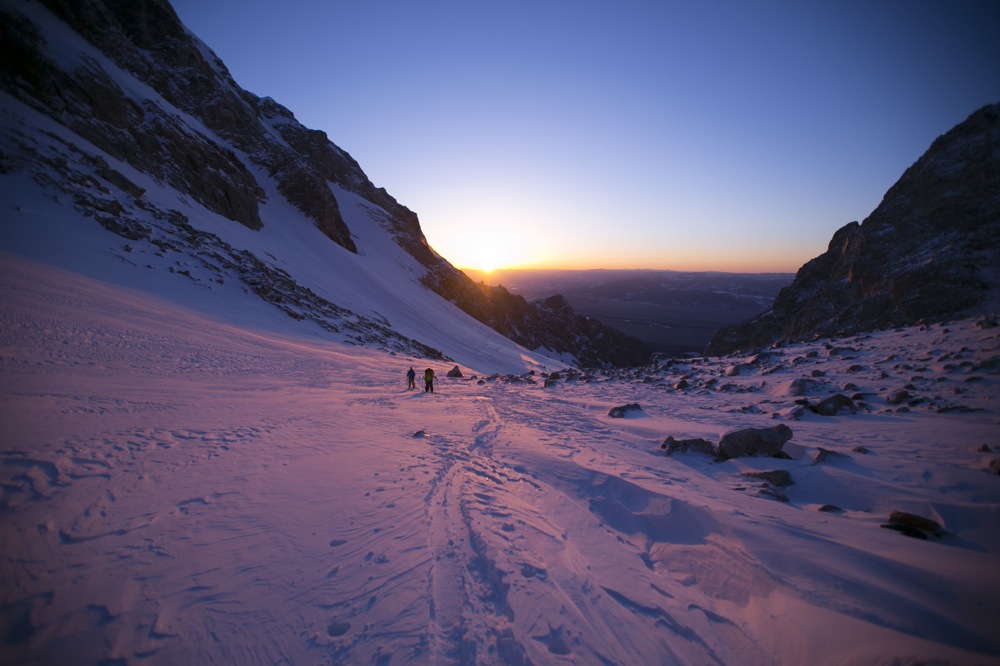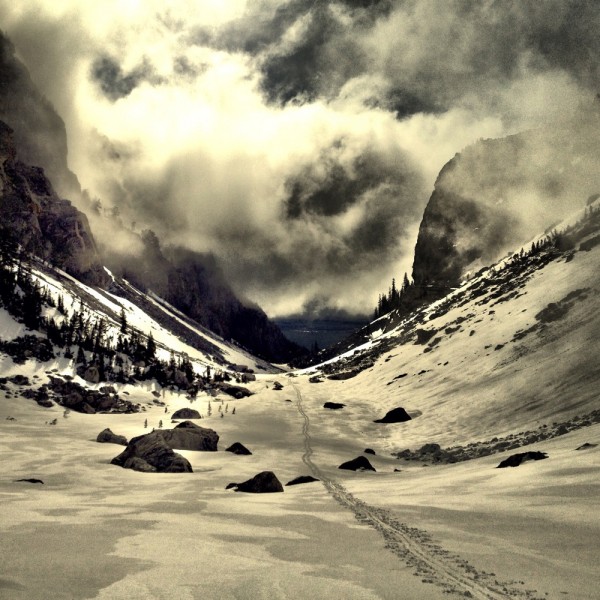You know those guys who’re constantly shaving ounces off their setup? Trimming extraneous straps and webbing off their backpack in the name of swiftness? Opting for one pair of skis over another to save a couple hundred grams? Bringing just enough food and water to ensure they don’t die in case of an extended stay?
Yeah, I’m definitely not one of those guys.



